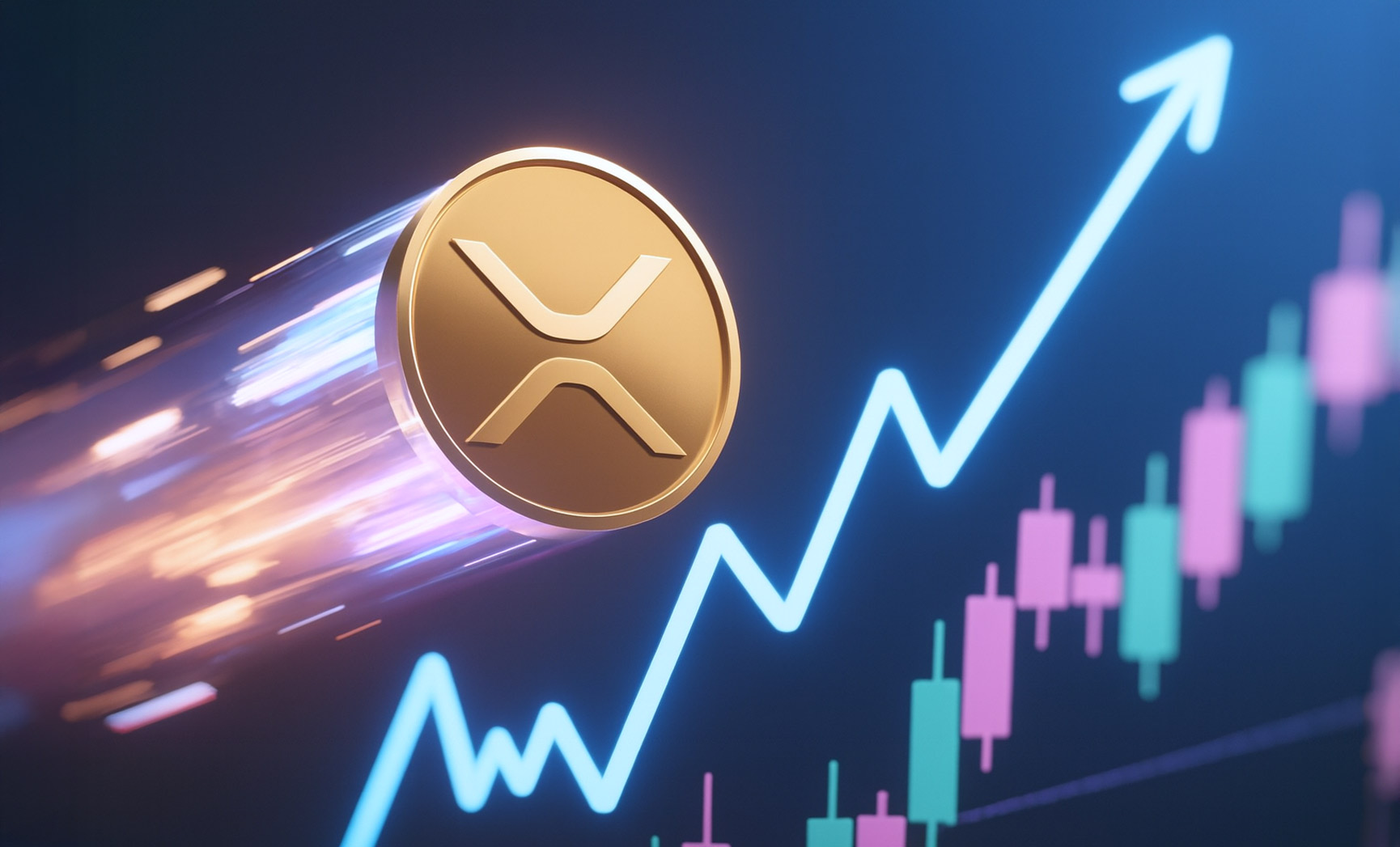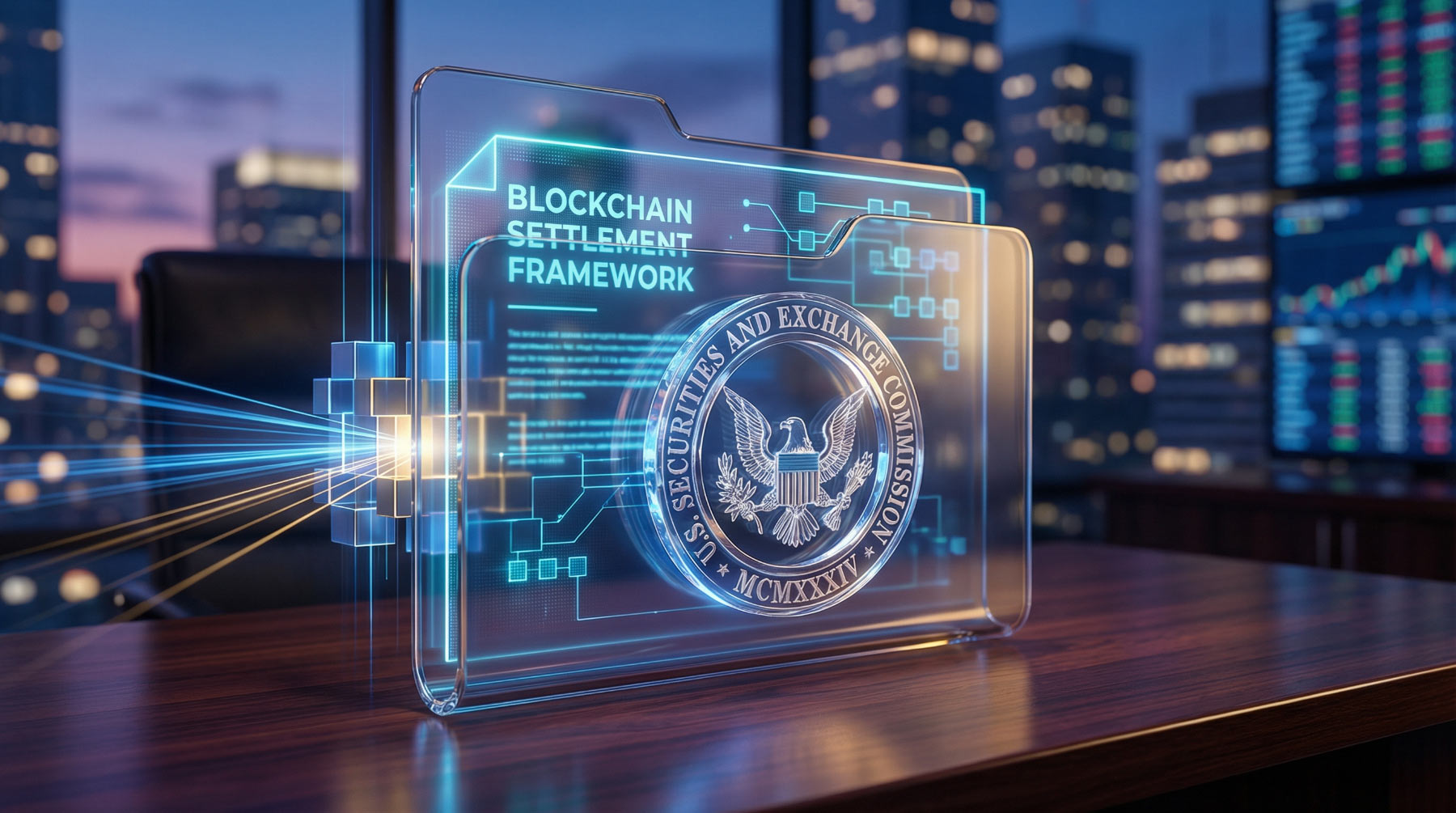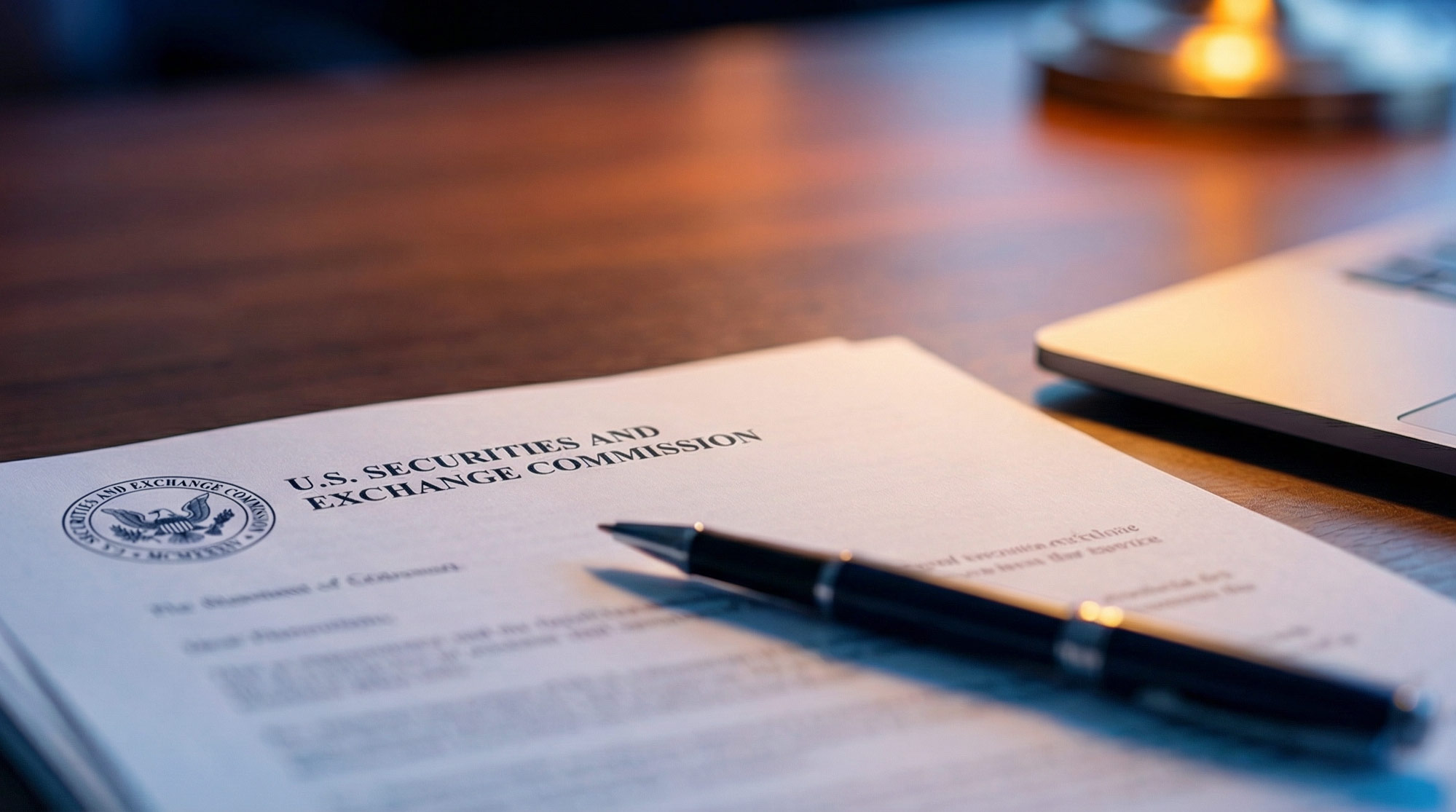The Ripple Effect: XRP Gains Legal Ground

For years, regulatory ambiguity has loomed over the cryptocurrency industry, casting doubt on the legitimacy of many digital assets and deterring widespread institutional adoption. At the center of this uncertainty stood Ripple’s XRP, embroiled in a prolonged legal battle with the U.S. Securities and Exchange Commission (SEC). But a turning point has arrived.
In a landmark ruling, the U.S. courts delivered long-awaited regulatory clarity by declaring that XRP is not a security when sold to the general public. This decision not only vindicates Ripple’s stance but also sends a powerful signal across the blockchain ecosystem: clear rules of the road are beginning to take shape—and they favor innovation.
The July 2023 court ruling in SEC v. Ripple Labs was a watershed moment. The decision differentiated between XRP sales to institutional investors—where some transactions could be classified as securities—and sales on secondary markets, which were deemed not to be securities under U.S. law. This distinction fundamentally alters how digital assets can be issued, traded, and integrated into financial systems.
The immediate market response was telling. XRP surged more than 70% in the aftermath of the decision, reclaiming a position among the top digital assets by market capitalization. Investors, developers, and financial institutions interpreted the ruling as a green light not just for XRP—but for tokenized assets more broadly.
A Shift Toward Institutional Confidence
Institutions have long been intrigued by blockchain's promise—faster settlement times, improved transparency, and reduced operational costs. However, unclear or conflicting regulatory frameworks have kept many on the sidelines. The XRP decision changes that.
By offering a legal precedent that separates the nature of a token from the manner in which it’s sold, the court effectively reaffirms that blockchain-based assets can exist outside the traditional securities regime—provided they are structured and distributed properly.
This is more than a win for Ripple. It is a win for blockchain technology and the tokenization of real-world assets (RWAs), which represent a multitrillion-dollar opportunity.
Real-World Assets Meet Regulatory Maturity
As discussed in Deal Box’s article, How Bitcoin Just Unlocked the $30 Trillion RWA Market, the tokenization of tangible assets—real estate, private equity, debt, and commodities—is rapidly evolving from a niche concept into a cornerstone of modern finance. But for the industry to scale, clarity and compliance are non-negotiable.
The recent XRP ruling provides a legal framework that can be extended to tokenized RWAs. As regulators begin to distinguish between assets, their uses, and their distribution mechanisms, firms like Deal Box are uniquely positioned to thrive. Our compliance-first approach has always prioritized investor protections, transparency, and legal rigor—building trust with both regulators and participants.
The Role of Infrastructure in a Compliant Future
The market now demands infrastructure that is both compliant and scalable. That’s where platforms like Orobit and Deal Box come in. Orobit, built with Bitcoin-native rails, provides a secure, auditable path for tokenized transactions. Deal Box offers a compliant framework for fundraising, governance, and capital formation—critical components in an environment where regulation is finally catching up to innovation.
Our approach is simple: marry the best of blockchain with the rigor of traditional finance. This is how you future-proof investing.
The Path Forward for XRP
Now that XRP has greater legal clarity, its utility as a cross-border settlement token is once again front and center. Ripple’s payment solutions already serve institutions in more than 55 countries. With a major regulatory obstacle removed, the pace of adoption is expected to accelerate.
More banks, fintechs, and enterprises are likely to integrate XRP into their operations, not just for cost savings—but because they can now do so with legal confidence.
Moreover, new applications beyond payments—such as XRP-based tokenization, DeFi integrations, and smart contract development—are gaining traction. The XRPL (XRP Ledger) continues to evolve, with features like native NFTs and hooks for programmability, giving developers even more flexibility to build compliant applications.
Why This Moment Matters for Investors
Regulatory clarity is more than a legal milestone—it’s a market signal. It reduces risk, increases transparency, and catalyzes capital flow. For venture funds, family offices, and retail investors alike, the message is clear: the path to exposure in blockchain-based assets is becoming safer and more navigable.
Deal Box recognized this inflection point early. Our mission has always been to bridge the gap between traditional capital markets and decentralized innovation. With XRP’s legal clarity reaffirmed, and with a pipeline of tokenized assets ready for compliant distribution, the next wave of growth is here.
Conclusion: A Catalyst for the Next Era
The XRP ruling represents a broader shift in how regulators approach digital assets. Instead of blanket crackdowns or arbitrary enforcement, we’re beginning to see nuance, precedent, and consistency emerge. This marks a new chapter—one where innovation and compliance are not at odds, but aligned.
Whether you're a founder raising capital, an investor seeking exposure to emerging assets, or an institution building on-chain infrastructure—this is the moment to act.
Regulatory clarity isn’t just a boost for XRP. It’s a foundation for the future of finance.
Learn how Deal Box is helping shape that future:
📄 www.dealbox.io
🔗 LinkedIn
📸 Instagram
📘 Facebook
For additional insights on tokenization, digital identity, and Web3 infrastructure, explore more at thomascarter.io.
















